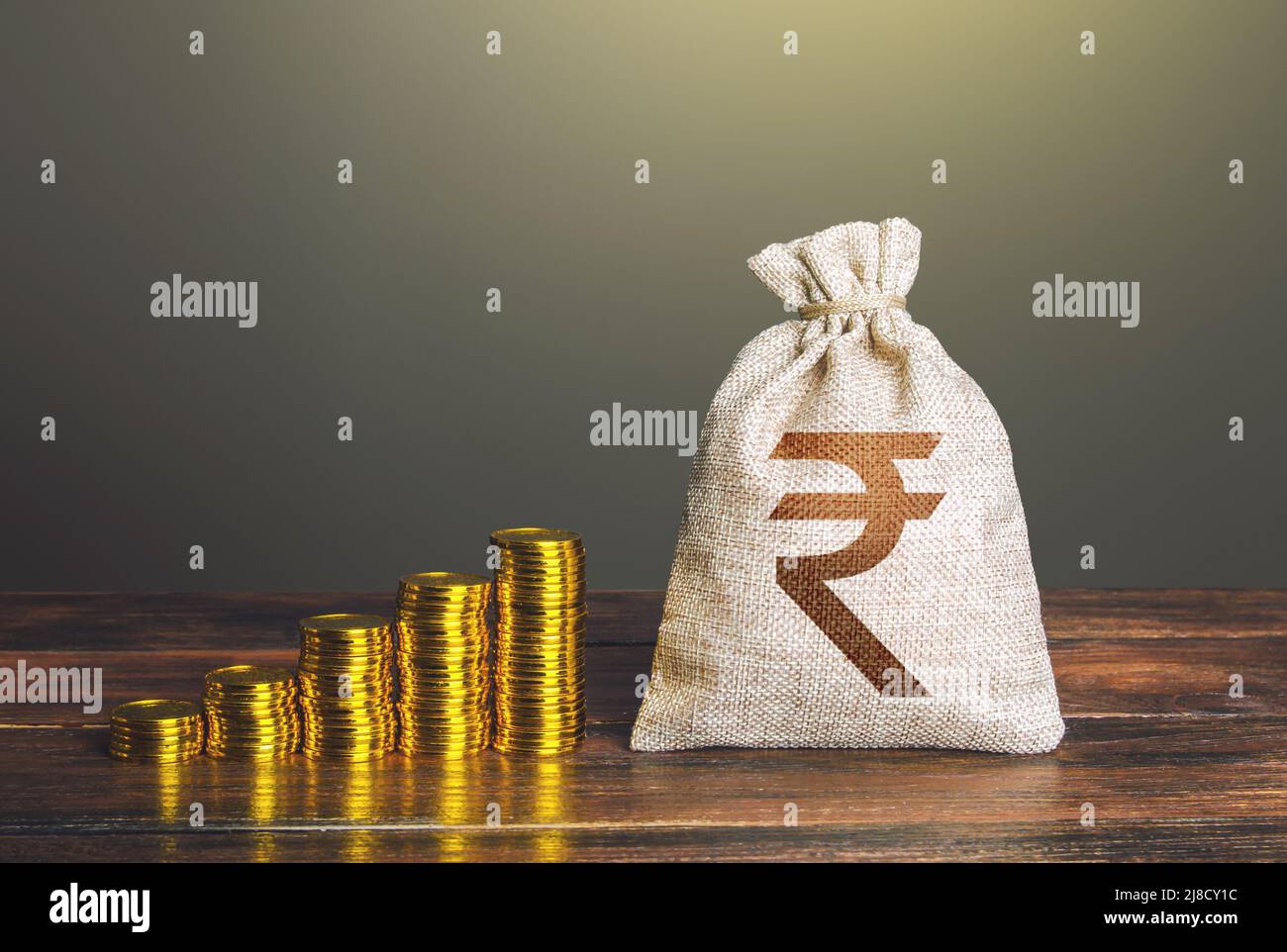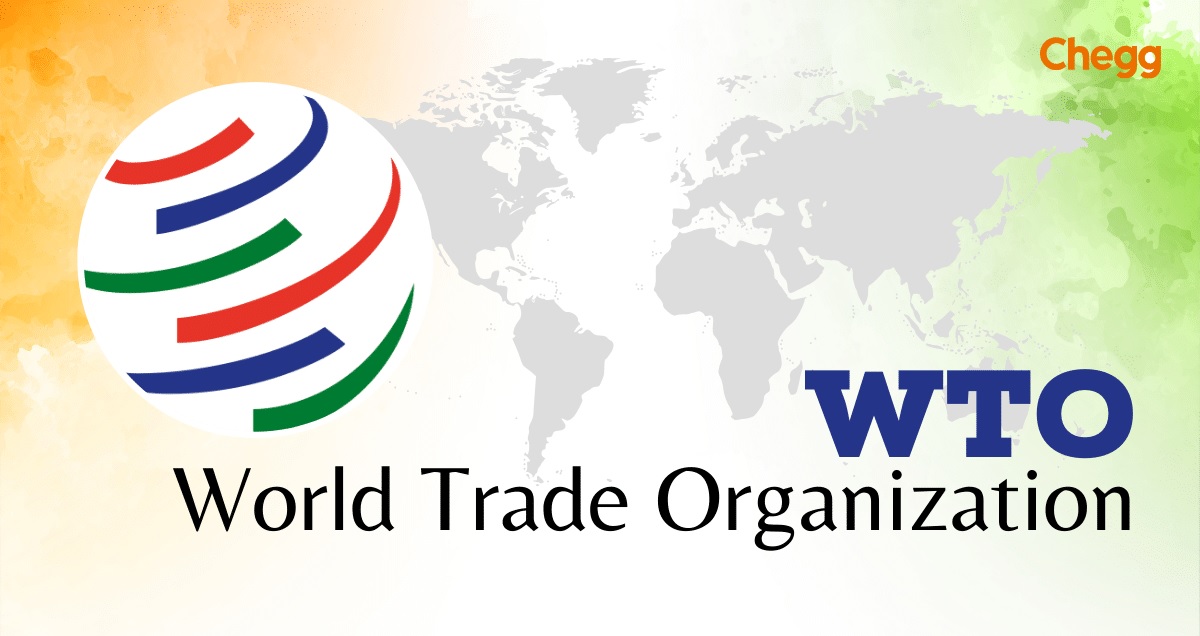The Hindu : Page 08
Syllabus : GS 3 - Indian Economy

Context
The 2024-25 Budget aims to sustain India’s GDP growth at 7%-7.5%, focusing on domestic drivers amidst global economic slowdown.It prioritises reducing the fiscal deficit to 3% of GDP, enhancing investment to 35%, and addressing challenges in exports and employment through strategic fiscal management and infrastructure development.
Introduction
- The new government will present the final budget for 2024-25 on July 23. It provides government with the opportunity to spell out its policy priorities regarding growth and employment.
- With continued global economic shutdown, India will have to rely on domestic growth drivers.
- Short term objective could be to ensure a minimum 7% growth and medium-term objective could be to sustain real GDP growth rate in between 7-7.5%.
- Bringing down the fiscal deficit relative to GDP from the current levels to FRBM consistent level of 3% in next 3-4 years.
- On employment front additional emphasis is to be given on relatively more labour-intensive sectors.
Investment and Savings prospects
- To ensure 7% plus growth on a sustained basis, a real investment rate of 35% is required.
- The real investment rate measured as gross fixed capital formation (GFCF) as percentage of GDP was 33.3 for FY23 and 33.5 for FY24.
- In FY23 the saving to GDP ratio in nominal and real terms were 30.2% and 32.8% respectively.
- If these trends continue then, marginal upward adjustments are required in savings and investment rates to reach the level of 35% of GDP for GFCF.
- The recent fall in household sector financial savings is a cause of concern. It is critical to increase the household financial savings rate to facilitate access to investible surplus at reasonable rates for the private sector because the sector provides investible surplus and inflow of foreign capital.
- Due to subdued export prospects the contribution of net exports to GDP growth has remained low – 0.5% points in FY23 and (-)2.0% points in FY24.
- Until export demand picks up and private investment gathers momentum, India will have to rely on government investment demand to provide support to growth.
Budgetary Options
- Government’s revenue position is expected to improve on account of both higher tax and non-tax revenues.
- A nominal GDP growth for 2024-25 is expected to be 11%, made up of 7% real growth and 3.8% implicit price deflator (IPD) based inflation.
- The rise in IPD based inflation is on account of expected higher Wholesale Price Index (WPI) inflation.
- Tax Revenues: With buoyancy of 1.1 and gross tax revenues (GTR) growth of 12.1%, the GTR is expected to be Rs. 38.8 lakh crore. It will lead to a net tax revenue for the centre at Rs. 26.4 lakh crore after giving the States’ share in central taxes.
- Non-tax Revenues: RBI’s augmented dividends of Rs.2.11 lakh crore will ensure high non-tax revenues. Such a transfer from RBI to government will be expansionary because of liquidity effect and will have implications on monetary policy. But the improved revenue situation of the central government would facilitate meeting the fiscal consolidation target.
- The increased growth will enable the government to accommodate higher revenue expenditures on account of increased subsidies, health expenditures and allocations for MGNREGA to support and provide relief to rural population.
Conclusion
- The 2024-25 Budget signifies a blend of growth imperatives and fiscal prudence, pivotal in navigating global economic challenges while advancing domestic developmental goals.
- The government’s commitment to stability, encompassing price and fiscal stability, underscores its strategic approach in leveraging fiscal policy for sustainable economic expansion.







